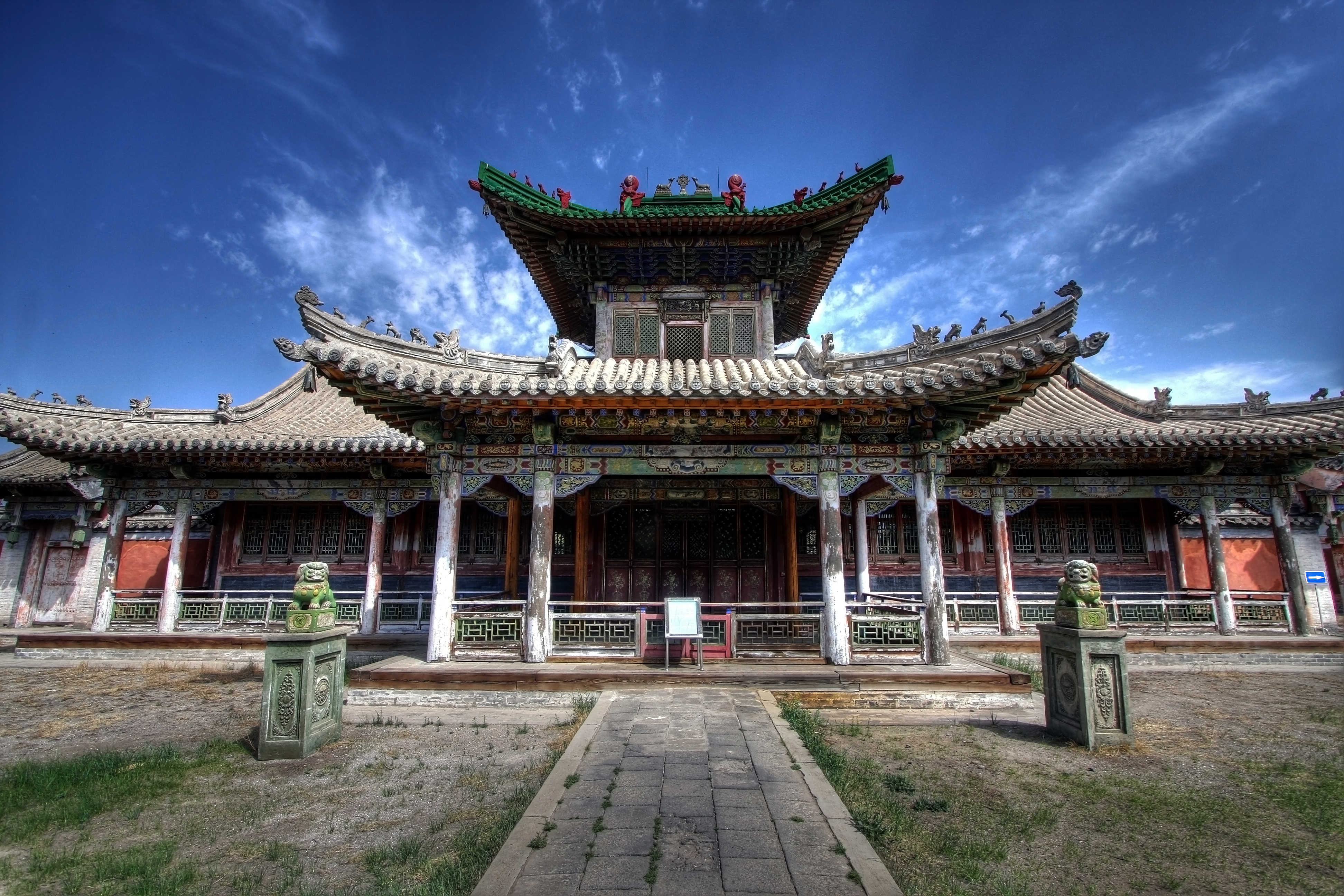
The palace is said to be where Genghis Khan stayed with Yesui Khatun before attacking the Tangut in 1226. Wang Khan, Toghrul of the Keraites, a Nestorian Christian monarch whom Marco Polo identified as the legendary Prester John, is said to have had his palace here (the Black Forest of the Tuul River) and forbade hunting in the holy mountain Bogd Uul. Located on the banks of the Tuul River, Ulaanbaatar has been well within the sphere of Turco-Mongol nomadic empires throughout history. Roof tiles recovered from Wang Khan's 12th-century palace in UlaanbaatarĪ number of Xiongnu-era royal tombs have been discovered around Ulaanbaatar, including the tombs of Belkh Gorge near Dambadarjaalin monastery and tombs of Songinokhairkhan. Today, the city is referred to simply as khot ( Mongolian: хот, lit.'city'), as well as UB ( you-be), from the English transliteration. This form was defined two decades before the Mongolian name got its current Cyrillic spelling and transliteration (1941–1950) however, the name of the city was spelled Ulaanbaatar koto during the decade in which Mongolia used the Latin alphabet. In the Western world, Ulaanbaatar continued to be generally known as Urga or Khuree until 1924, and afterward as Ulan Bator (a spelling derived from the Russian Улан-Батор). When the city became the capital of the new Mongolian People's Republic in 1924, its name was changed to Ulaanbaatar ( lit. Upon independence in 1911, with both the secular government and the Bogd Khan's palace present, the city's name was changed to Niĭslel Khüree ( Mongolian: ᠨᠡᠶᠢᠰᠯᠡᠯ ᠬᠦᠷᠢᠶᠡᠨ Нийслэл Хүрээ, lit.'Capital Khüree'). Other names include Bogdiin Khuree ( Mongolian: ᠪᠣᠭᠳᠠ ᠶᠢᠨ ᠬᠦᠷᠢᠶᠡᠨ Богдын хүрээ, lit.'The Bogd's Khüree'), or simply Khüree ( Mongolian: ᠬᠦᠷᠢᠶᠡᠨ Хүрээ, romanized: Küriye), itself a term originally referring to an enclosure or settlement. The Chinese equivalent, Dà Kùlún ( Chinese: 大庫倫, Mongolian: Да Хүрээ), was rendered into Western languages as Kulun or Kuren. This name was eventually adapted as Urga in the West. The city at its establishment in 1639 was referred to as Örgöö ( Mongolian: ᠥᠷᠭᠦᠭᠡ Өргөө, lit.'Palace'). See also: Names of Ulaanbaatar in different languages As the country's primate city, it serves as the cultural, industrial and financial heart as well as the center of Mongolia's transport network, connected by rail to both the Trans-Siberian Railway in Russia and the Chinese railway system. With a population of just over 1.5 million as of December 2022, it contains almost half of the country's total population. Governed as an independent municipality, Ulaanbaatar is surrounded by Töv Province, whose capital Zuunmod lies 43 kilometres (27 mi) south of the city. Since 1990, an influx of migrants from the rest of the country has led to an explosive growth in its population, a major portion of whom live in Ger districts, which has led to harmful air pollution in winter. In 1990, Ulaanbaatar was a major site of demonstrations that led to Mongolia's transition to democracy and a market economy. Modern urban planning began in the 1950s, with most of the old Ger districts replaced by Soviet-style flats. With the proclamation of the Mongolian People's Republic in 1924, the city was officially renamed Ulaanbaatar and declared the country's capital. With the collapse of the Qing Empire in 1911, the city was a focal point for independence efforts, leading to the proclamation of the Bogd Khanate in 1911 led by the 8th Jebtsundamba Khutuktu, or Bogd Khan, and again during the communist revolution of 1921. Following the regulation of Qing-Russian trade by the Treaty of Kyakhta in 1727, a caravan route between Beijing and Kyakhta opened up, along which the city was eventually settled. The city was originally founded in 1639 as a nomadic Buddhist monastic center, changing location 28 times, and was permanently settled at its current location in 1778.ĭuring its early years, as Örgöö (anglicized as Urga), it became Mongolia's preeminent religious center and seat of the Jebtsundamba Khutuktu, the spiritual head of the Gelug lineage of Tibetan Buddhism in Mongolia. The municipality is located in north central Mongolia at an elevation of about 1,300 metres (4,300 ft) in a valley on the Tuul River. It is the coldest capital city in the world, on average. "Red Hero"), previously anglicized as Ulan Bator, is the capital and most populous city of Mongolia.


Ulaanbaatar ( / ˌ uː l ɑː n ˈ b ɑː t ər/ Mongolian: Улаанбаатар, pronounced ( listen), lit.


 0 kommentar(er)
0 kommentar(er)
